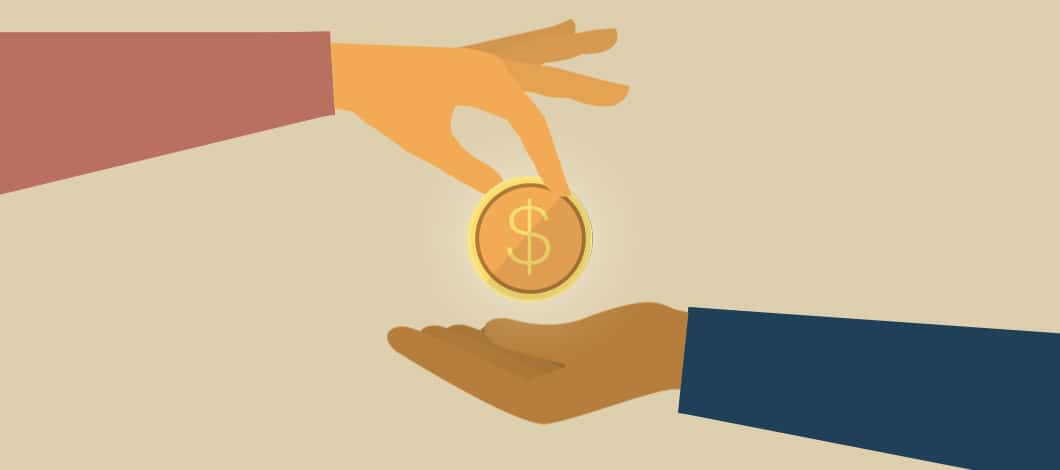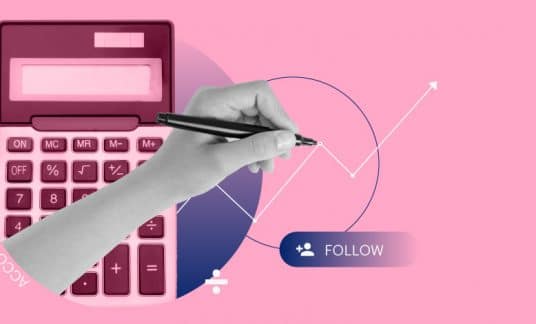The mission of the Small Business Administration (SBA) is to assist and promote the interests of U.S. small businesses. A major part of that assistance is to encourage new startups and support the growth of existing businesses by making financing available to small businesses at favorable rates and terms. Enter SBA microloans.
The SBA 7(a) loan guarantee program is very effective, but it requires applicants with good credit scores and a proven history of successfully managing a business. Unfortunately, business owners with low credit scores and limited business experience are left out of the system.
The SBA recognized this problem and created the microloan program to fill this void.
What Is an SBA Microloan?
The SBA microloan program is designed to help small businesses — especially businesses owned by women, minorities, veterans and low-income individuals — obtain small loans from $500 up to $50,000. According to data from the Congressional Research Service, the most recent average microloan was $14,434 with an interest rate of 6.5%. The most recent data shows 46.6% of SBA microloans went to women-owned or -controlled businesses.
The loans can be used for working capital or purchases of materials, inventory, supplies, furniture or fixtures and machinery and equipment. Funds can’t be used to pay off existing debts or to purchase real estate.
Unlike the SBA 7(a) loan program in which the federal agency guarantees the loans made by lenders, the SBA provides the funds for the microloan program. The SBA doesn’t guarantee the loans made by intermediaries under the microloan program.
These microloans are administered by not-for-profit, community-based intermediary organizations rather than through the conventional banking system. These organizations are set up to work with business owners who have difficult credit histories and businesses operating in communities underserved by banks.
When to Apply for an SBA Microloan
An SBA microloan is suitable for the following situations:
You only need a small loan – The SBA microloan is set up for borrowers who need less than $50,000 for their business. Many conventional banking lenders don’t like to make small loans because of the high administrative costs. They often offset these costs by charging higher interest rates.
You’ve been unable to get a loan from other sources – If you’ve already been turned down by banks or other financial institutions, the microloan program is your next best alternative.
You need low payments – If your business is a start-up or is struggling with cash flow, the SBA microloan allows you to repay the loan within 8 years (reverts to 7 years on Oct. 1, 2021), which gives you low monthly payments. Other business loans require repayment over shorter terms with higher monthly payments.
Other Funding Options Are Available

What Are the SBA Microloan Eligibility Requirements?
Generally, loan applicants must meet the same eligibility requirements as those for SBA 7(a) loans.
To be eligible, a business must:
- Be a small business as defined by the SBA for each industry
- Be a for-profit business with its primary location in the U.S.
- Have at least 51% ownership by U.S. citizens
- Not operate in certain ineligible Industries
- Unable to obtain financing from other sources
- Not have a default on other federal debt, such as student loans or unpaid taxes
- Have business owners that meet the SBA’s character requirements
SBA microloan lenders may add their own additional requirements. These may include not having a recent bankruptcy filing or foreclosures, the ability to demonstrate enough cash flow to pay back the loan, presentation of a business plan and attending training classes sponsored by the intermediary.
What Are the SBA Microloan Terms?
The maximum loan amount is $50,000. The lender determines the loan amount depending on the request from the applicant and the ability of the business to support the repayment terms. Note that SBA microloans made between Dec. 27, 2020, and Sept. 30, 2021, may have a maximum maturity of 8 years, according to the federal agency. Most microloans don’t have prepayment penalties.
The SBA limits the maximum interest that can be charged for loans in excess of $10,000 to the interest rate charged by the SBA to the lender plus 7.75%. For loans less than $10,000, the maximum interest is the lender’s cost of funds from the SBA plus 8.5%. Interest rates are negotiated between the intermediary and the borrower and usually range from 6% to 9%.
Intermediaries can charge loan packaging fees up to 3% of the loan amount for loans with repayment terms longer than one year. For loans with repayment terms less than one year, the packaging fee is limited to 2% of the loan amount.
Intermediaries also are allowed to pass on to the borrower any out-of-pocket costs. This may include a filing or reporting fee, appraisals for collateral, credit reports and any other direct charges related to closing the loan. These fees can be added to the loan amount and financed over the term of the loan as long as the total amount does not exceed $50,000.
All loans will require collateral and, in most cases, the personal guarantees of all the owners.
What Is the Minimum Credit Score for an SBA Microloan?
The SBA doesn’t set minimum credit score requirements. However, individual intermediary lenders may have their own credit standards. The approval criteria are designed to assist borrowers with low credit scores for no credit history at all.
Intermediary lenders usually will allow loan applicants to explain any difficulties with their credit history. The goal is to find ways to approve the loans, not turn them down.
How to Find an Intermediary Lender
Intermediary lenders are responsible for limited geographic areas and you may not be able to find one in your area. These lenders have minimal marketing budgets and few employees.
The number of funds available from an intermediary lender are limited by the amount of loan authority granted each year by Congress. An intermediary may run out of funds and not be able to make new loans until the next appropriation.
You can locate a lender in your area by visiting the SBA website.

How to Apply for an SBA Microloan
Because the SBA doesn’t actually make the loans, applicants must go through one of the SBA’s intermediary partners. There are several hundred of these partners located in all parts of the country.
The SBA gives its partners considerable leeway about who they make loans to and the terms of the loans. If an applicant doesn’t like the terms offered by one intermediary, they are free to make an application to another one.
Although the program is designed to have a short application and approval timeline, the process can sometimes take a few weeks or several months. It can depend on the documentation required by the intermediary.
So, Gather Your Documents in Preparation
Applicants will typically be required to provide the following documents:
- 2 years of personal tax returns
- 2 years of business tax returns if loan is for an existing business
- Financial statements that include balance sheet and income statement
- A business plan
- Cash-flow projections
- Any business leases and contracts
- Business permits and licenses
- Purchase agreements or quotes and contracts for new business
- List of business assets
- List of assets to be used as collateral
The SBA microloan program was created to support business owners who needed loans but couldn’t qualify for the 7(a) program. Generally, applicants need a credit score of at least 680 and a solid record of managing a business to qualify for a 7(a) loan.
Some intermediary lenders for the microloan program accept credit scores as low as 575. Moreover, they will accept applicants starting up a business and even those with very little business experience.
For those owners with limited business experience, intermediaries typically require them to attend business training classes as a condition to receiving the loan. According to the last data available from the SBA, intermediaries conducted more than 22,000 counseling services for small business owners.
If you need up to $50,000 in financing for your business and have been turned down by the banking system, the SBA microloan program could be an attractive alternative.










